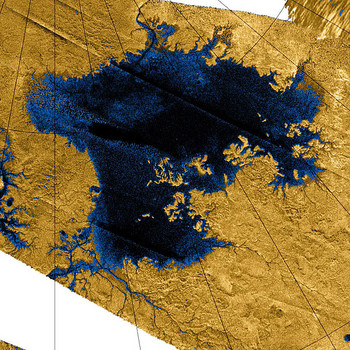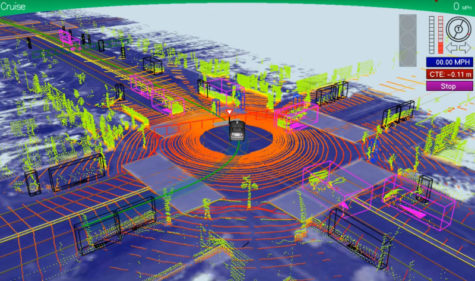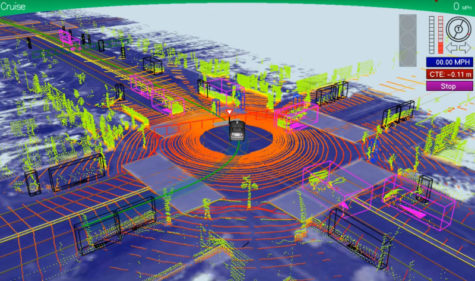Joynt: Proposed “space-boat” seeks to explore Saturn’s moon

http://www.examiner.com/article/boat-to-sail-the-methan-oceans-of-titan-developed-by-european-scientists?cid=rss
October 1, 2012
A group of European scientists are proposing a plan to land a probe in one of the lakes on Saturn’s largest moon, Titan. The Titan Lake In-situ Sampling Propelled Explorer (TALISE) would send a boat probe to land in Ligeia Mare, the biggest lake on Titan.
Titan is covered with lakes of methane and an atmosphere similar to Earth’s.
The boat-probe is propelled by a series of paddles and wheels. Upon landing, the probe is set to make its way to to the coast, taking scientific measurements from surrounding areas.
The TALISE team hopes to learn more about the environment and chemical composition of the lakes and surfaces. The mission will last six months to a year.
“The main innovation in TALISE is the propulsion system,” says Igone Urdampilleta (SENER), a member of the TALISE team. “This allows the probe to move, under control, from the landing site in the lake, to the closest shore. The displacement capability would achieve the obtaining of liquid and solid samples from several scientific interesting locations on Titan’s surface such as the landing place, along the route towards the shore and finally at the shoreline.”
There is some debate among scientists on whether life is possible on the surface of Titan.
Average temperatures hover around 289 degrees fahrenheit, leading some scientists to believe it is too cold for life. Others believe the amount of liquid and an insulating atmosphere could sustain small organisms.
The Cassini-Huygens mission landed a probe on Titan in 2005 and transmitted a few hours of data. Scientists want to expand on the data sent from the Huygens probe while also hoping to make new discoveries.
The project is being constructed by SENER and the Centro de Astrobiología in Spain and was first presented at the European Planetary Science Congress in Madrid.















